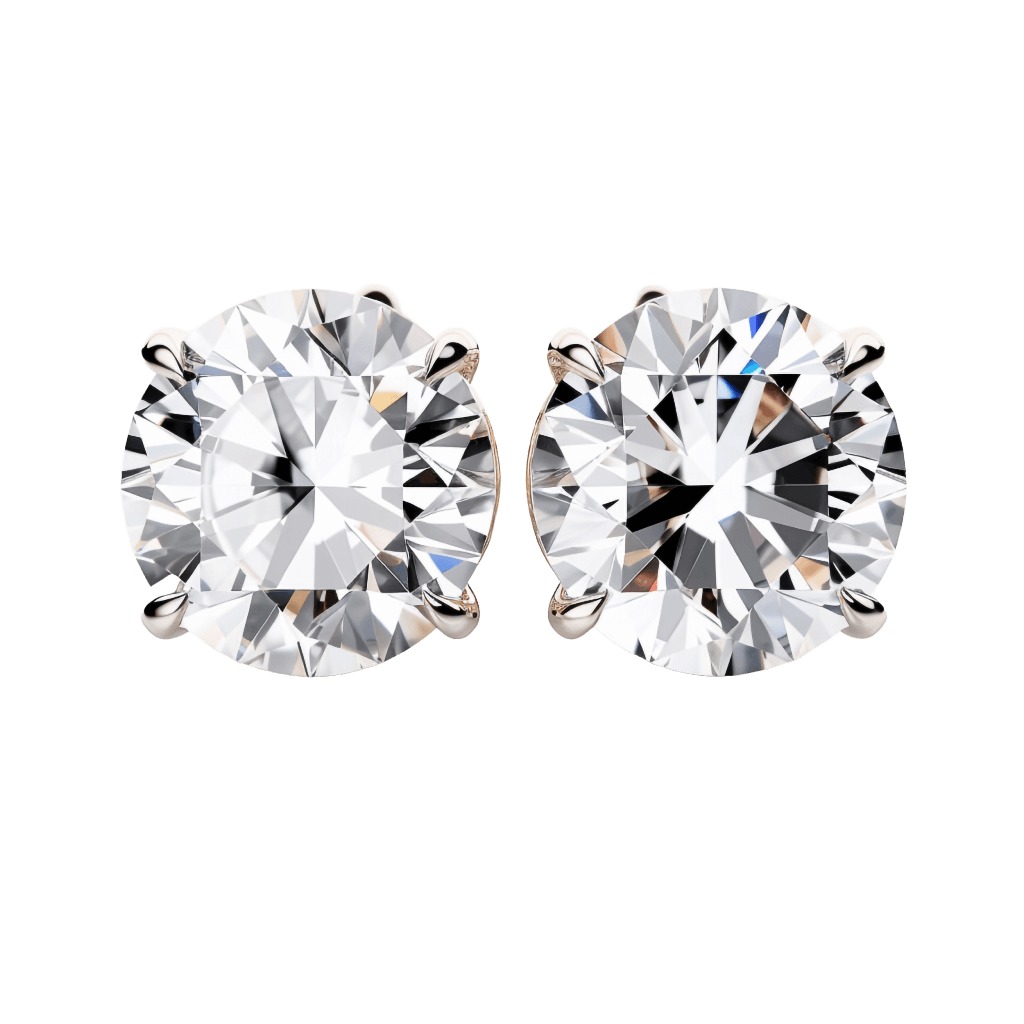Capatus Diamonds: A Comprehensive Exploration
Diamonds, known as the “king of gems,” have fascinated and captivated humanity for centuries. These precious stones have played diverse roles throughout history, from symbols of wealth and status to expressions of love and commitment. Let’s delve into the multifaceted world of diamonds, exploring their formation, characteristics, cultural significance, and the diamond industry.
1. Diamond Formation and Geology:
Diamonds are formed deep within the Earth’s mantle under extreme pressure and temperature conditions. Carbon atoms crystallize into the unique structure that gives diamonds their remarkable hardness. The volcanic activity then brings these precious gems closer to the Earth’s surface.
2. The Four Cs:
Diamonds are valued based on the four Cs: carat, cut, color, and clarity.
- Carat: Carat is the unit of weight for diamonds. Larger diamonds are rarer and, therefore, more valuable.
- Cut: The cut of a diamond refers to how well it has been shaped and faceted. A well-cut diamond maximizes its brilliance.
- Color: Diamonds come in various colors, with white or colorless diamonds being the most prized. The Gemological Institute of America (GIA) grades diamonds on a scale from D (colorless) to Z (light yellow or brown).
- Clarity: Clarity assesses the internal and external imperfections of a diamond, known as inclusions and blemishes, respectively.

3. Types of Diamonds:
- Natural diamonds were formed naturally over millions of years.
- Synthetic Diamonds: Created in a laboratory, these diamonds have the same physical and chemical properties as natural diamonds.
- Colored Diamonds: Rare and highly valuable, these diamonds come in various hues such as pink, blue, yellow, and green.
4. Cultural Significance:
- Engagement Rings: Diamonds became popular in engagement rings in the 20th century, symbolizing enduring love and commitment.
- Historical Gems: Famous diamonds like the Hope Diamond and the Koh-i-Noor have storied pasts, often associated with royal families and historical events.
5. Diamond Mining and Trade:
- Major Diamond Producers: Countries like Russia, Botswana, and Canada are significant players in diamond production.
- Environmental Concerns: Diamond mining has raised environmental concerns, with issues such as habitat destruction and water pollution.
- Conflict Diamonds: The term “blood diamonds” refers to diamonds mined in war zones and sold to finance armed conflict. Efforts have been made to curb the trade of conflict diamonds through international agreements.
6. Diamond Industry and Market Trends:
- Global Market: The diamond industry is a multi-billion dollar global market, with demand influenced by economic conditions, cultural trends, and marketing.
- Lab-Grown Diamonds: The rise of lab-grown diamonds has disrupted the traditional diamond market, offering an ethical and sustainable alternative.
7. Diamond Cutting and Polishing:
- Skilled Craftsmanship: Diamond cutting is a highly skilled craft that maximizes a diamond’s brilliance, fire, and scintillation.
- Technology in Cutting: Advancements in technology, such as laser cutting, have enhanced precision in shaping diamonds.
8. Famous Diamonds:
- The Hope Diamond: A blue diamond with a legendary curse, now housed in the Smithsonian Institution.
- The Cullinan Diamond The largest diamond ever discovered, cut into several significant gems, some of which adorn the British Crown Jewels.
9. Diamonds in Art and Fashion:
- In Jewelry: Diamonds have been an integral part of high-end jewelry for centuries, symbolizing luxury and sophistication.
- In Fashion: Diamonds feature prominently in fashion, gracing red carpets and fashion runways worldwide.

10. Damonds in Literature and Pop Culture:
- Romantic Symbolism: Diamonds are often used in literature and pop culture as symbols of love, strength, and endurance.
- Movies and Music: Iconic diamonds have been central to various movies and songs, further cementing their cultural significance.
11. Investing in Diamonds:
- Diamonds as Investments: While traditionally less liquid than other investments, some investors view rare, high-quality diamonds as a store of value.
12. Diamond Care and Maintenance:
- Cleaning and Storage: Diamonds, though durable, require proper care to maintain their brilliance. Regular cleaning and safe storage are essential.
13. Future Trends:
- Sustainable Practices: The diamond industry is increasingly focusing on sustainability, with efforts to minimize environmental impact and ensure ethical practices.
- Technological Advances: Ongoing technological developments in diamond synthesis and cutting techniques will continue to shape the industry.


Add a Comment